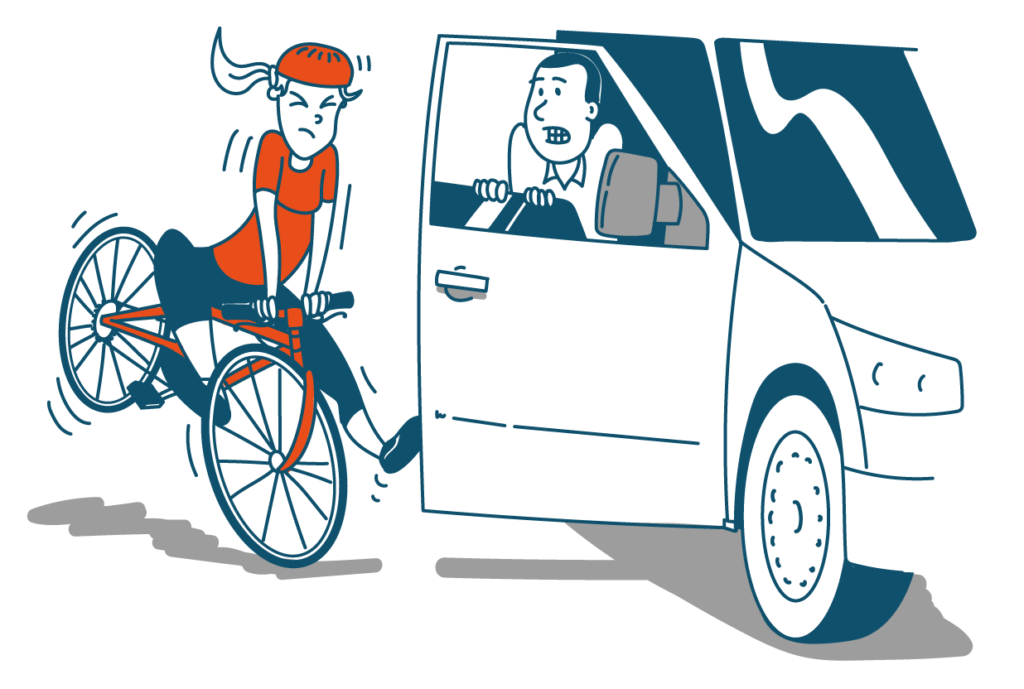This month’s legal update on other road users, for those who manage drivers, comes to us from Mike Hayward and Nathan Taylor-Allkins from Woodfines Solicitors.
Other Road Users
The most recent road traffic provisional estimates for the Department for Transport (published December 2022) show motor vehicles travelled 321.9 billion vehicle miles in Great Britain for the year ending September 2022. All motor vehicle traffic increased compared to the year ending September 2021 (+12.6%), but was 4.9% lower than pre-pandemic levels (the year ending December 2019).
Whilst we are not yet at pre-pandemic levels, the volume of traffic is clearly on the up and it serves as a useful reminder of the ever-present, yet ever-evolving, need to be mindful of other road users, for everyone that uses the roads, including those who drive for work.
The Highway Code
Before we look briefly at what the Highway Code says about other road users, ask yourself two questions:
When did you pass your driving test?
And, when did you last look at the Highway Code?
If the answers to both are “a long time ago” then this is the article for you. Even if not, keeping up to date with the Highway Code,and importantly, abiding by the rules of the road, is essential in doing your part to keep other road users safe.
So, why is the Highway Code important andwhat does it say about other road users?
In 2022, the Highway Code was updated to include the concept of the‘hierarchy of road users’. This places those road users most at risk in the event of a collision at the top of the hierarchy. The hierarchy does not remove the need for everyone to behave responsibly. The road users most likely to be injured in the event of a collision are pedestrians, cyclists, horse riders and motorcyclists, with children, older adults and disabled people being more at risk.
There were other key updates which targeted trigger events, where vulnerable users are most at risk, such as:-
- people crossing the road at junctions;
- positioning in the road when cycling;
- overtaking when driving or cycling;
- cycling at junctions and on roundabouts;
- parking and leaving vehicles.
Rights of way and who has priority in certain circumstances have been updated and understanding these are vital to ensuring safe driving.
From a legal perspective, whilst the Highway Code is not legally binding per se, many of the rules contained in the Code are legal requirements, and if you disobey these rules you’re potentially committing a criminal offence. It can also have a bearing on possible civil proceedings in relation to establish liability and fault if an accident arises.
What can fleet managers do?
As a driver manager you can ensure your drivers are reminded of the importance of understanding these rules. There are, of course, practical tips that can help. You can share these with all your employees, including:
-Be patient and give others time and room.
-Watch your speed.
-Expect to encounter different road users i.e. horse riders in rural locations.
-Be ready for others to make mistakes.
-Minimise distractions within your vehicle and ensure you do not use a handheld mobile phone while driving.
–Take regular breaks when driving to ensure your level of focus does not drop.
–Do not drive if overly tired or unwell.
New offences and increased sentencing powers
The stark reality is that an accident or collision involving a vehicle and another road user (particularly a vulnerable one) carries with it the very great risk of injury being caused.The legal landscape in the area of this type of road incident has shifted quite considerably recently with the introduction of a number of new road traffic offences, including ‘causing serious injury by careless or inconsiderate driving’. This offence is very much focused on the level of injury caused and not the level of carelessness on the driver’s behalf.
New Sentencing Guidelines have been published and one need only look at the maximum sentence (up to 2 years’imprisonment and an obligatory 12 months’ disqualification from driving) compared to careless driving alone (punishable by a fine only and 3-9 penalty points or a discretionary disqualification) to see how sharply this brings the need for those who drive for work to be mindful of all other road users into focus.






